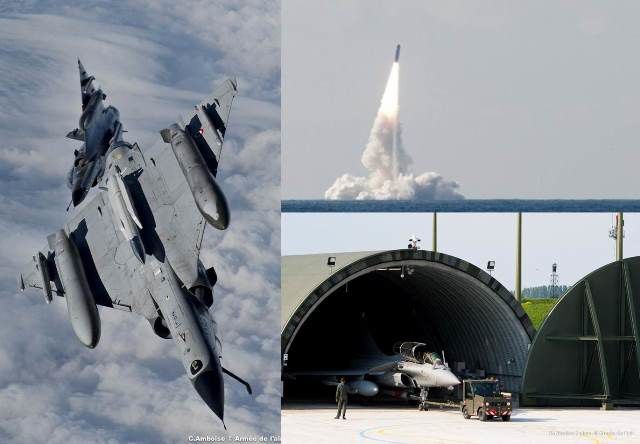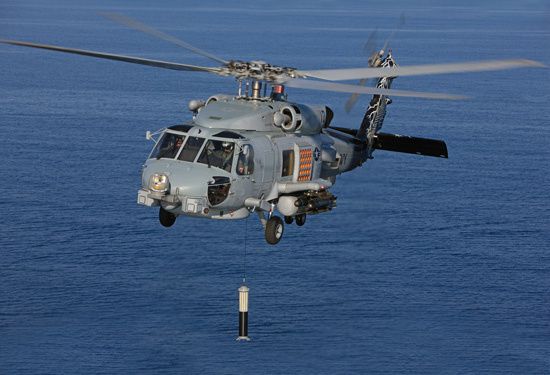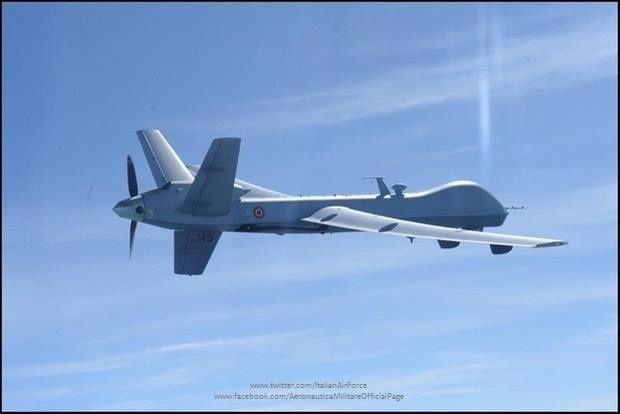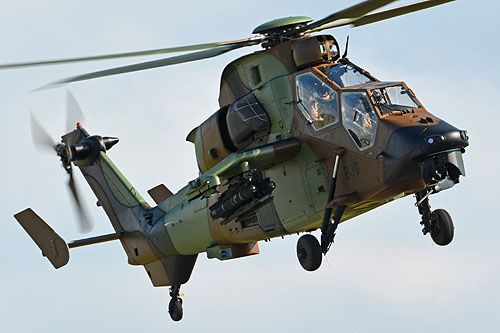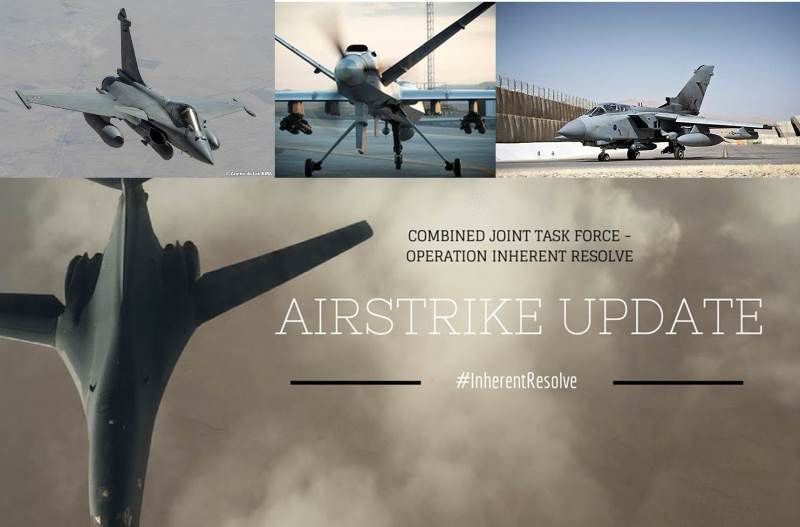12-11-2015 Anne-Marie Capomaccio correspondante à Washington - RFI
Le capitaine d'origine française [a reçu] ce jeudi 12 novembre la Médaille d'honneur, la plus haute distinction de l'armée américaine, des mains de Barack Obama en personne. Il est décoré pour un acte de bravoure hors du commun durant son deuxième déploiement en Afghanistan. Florent Groberg est né à Poissy en 1983. Le jeune Français a choisi la nationalité américaine après les attentats du 11 septembre 2001, afin de pouvoir s'engager dans l'armée.
Florent Groberg ne comprend pas l'attention dont il est l'objet. La Médaille d'honneur (Medal of Honor) qu'il va recevoir à la Maison Blanche aujourd'hui est certes la plus haute distinction militaire américaine, mais le capitaine estime qu'il n'a fait que remplir sa mission. Il ne cesse de penser aux quatre compagnons d'arme qui ne sont pas rentrés d'Afghanistan : « Moi dans ma tête, quand je pense dans mon cœur, cette médaille c’est pour les gars que j’ai perdus et leur famille. J’ai fait mon travail, c’est tout. Je suis juste un soldat. Les hommes qui sont vraiment extraordinaires, c’est les quatre soldats qui ont perdu leur vie. »
Le 8 août 2012, Florent Groberg s'est jeté sur un kamikaze pour sauver la vie de son équipe. Il ne souhaite pas parler de ses blessures, ni des deux années passées à l'hôpital pour tenter de reconstruire sa jambe abimée. L'armée est une vocation qui vient de loin : une maman française d'origine algérienne, un oncle tué par les terroristes du GIA, le déménagement aux Etats-Unis, puis les attentats du 11 septembre 2001. Le jeune homme, né en banlieue parisienne, a choisi de s'engager dans l'armée américaine.
Note RP Defense: Remarks by the President in Medal of Honor Presentation to Captain Florent Groberg, United States Army
commenter cet article …











